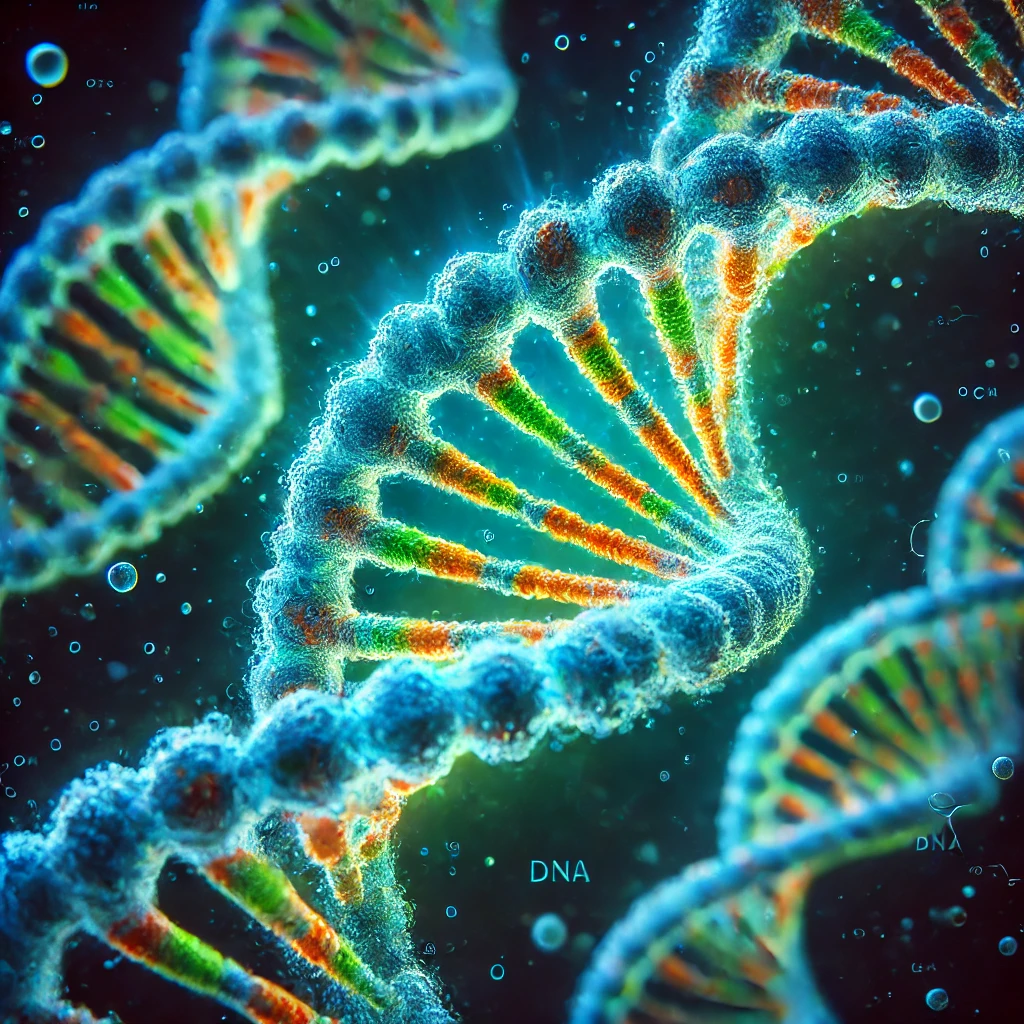iPhone 17 Pro Max Price, specifications
Apple introduced the iPhone 17 Pro Max on September 9, 2025. This was during its annual fall event. This release set a new benchmark for smartphone technology. The device features a sleek aluminum unibody design. It also boasts a groundbreaking 48MP triple-camera system. The powerful A19 Pro chip enhances its performance. It also offers enhanced … Read more



